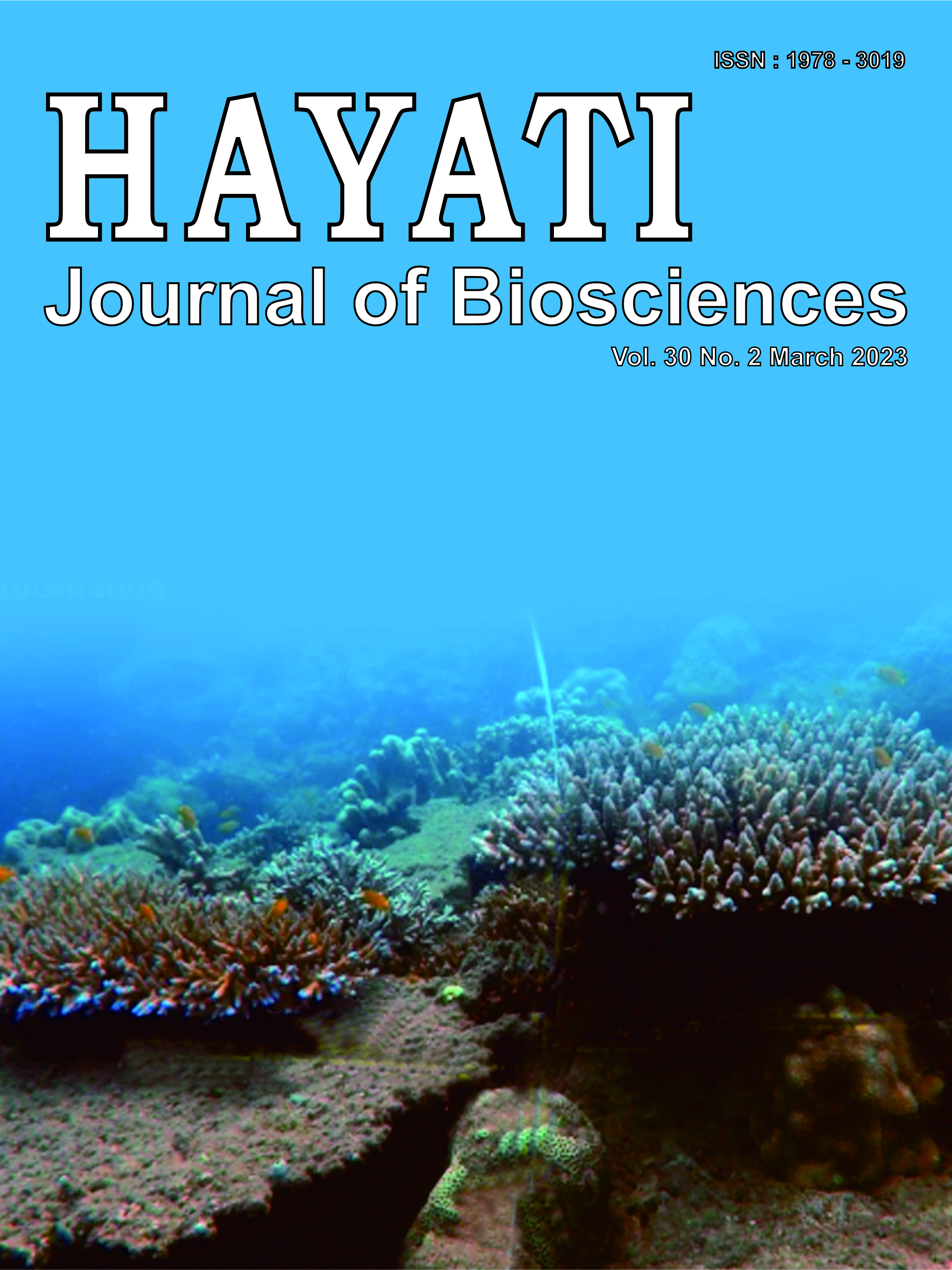Protein Hydrolysate of Green Peas Bromelain Attenuates Kidney Fibrosis in Cisplatin-Induced Nephrotoxicity Rats: Emphasis on Anti-Inflammatory Activities
Abstract
Massive tubule fibrosis is a histopathology hallmark of chronic renal failure (CRF). The previous study of protein hydrolysate of green pea (Pisum sativum) bromelain (PHGPB) showed promising results as an antifibrosis in glucose-induced renal mesangial culture cells, by decreasing their TGF-β levels. In this experiment the anti-inflammatory, anti-fibrotic effect of PHGPB in Cisplatin-induced chronic renal failure (CRF) rats was measured. The purpose of this study is to evaluate the anti-inflammatory and antifibrosis effect of PHGPB in Cisplatin-induced chronic renal failure rats. Five groups consisted of five rats: negative control, Cisplatin control, and three groups of Cisplatin+PHGPB (dose of 100, 200, and 400 mg/kg BW/day) treated for 56 days. The examined parameters are Beta-2-microglobulin (β2MG), hs-CRP, histopathological observations of Masson's trichrome stain, and IHC. The level of β2MG and hs-CRP in the Cisplatin+PHGPB group lowered and was highly different from Cisplatin control (p<0.05) depending on doses. In histopathology, the Cisplatin+PHGPB 400 mg/kg BW group showed less fibrosis and no significant difference with the negative control in Masson trichome staining. While in IHC histopathology, PHGPB treatment slightly ameliorated TGF-β expression and intensity of TGF-β values convincingly. In conclusion, PHGPB can relieve kidney fibrosis in cisplatin-induced nephrotoxicity rats: Emphasis on anti-inflammatory activities.
Downloads
Copyright (c) 2023 Meilinah Hidayat; Retno Pangastuti, Sijani Prahastuti; Khomaini Hasan

This work is licensed under a Creative Commons Attribution-NonCommercial 4.0 International License.
HAYATI J Biosci is an open access journal and the article's license is CC-BY-NC. This license lets others distribute, remix, tweak, and build upon author's work, as long as they credit the original creation. Authors retain copyright and grant the journal/publisher non exclusive publishing rights with the work simultaneously licensed under a https://creativecommons.org/

























.png) IPB University
IPB University Department of Biology
Department of Biology The Indonesian Biological Society
The Indonesian Biological Society 

